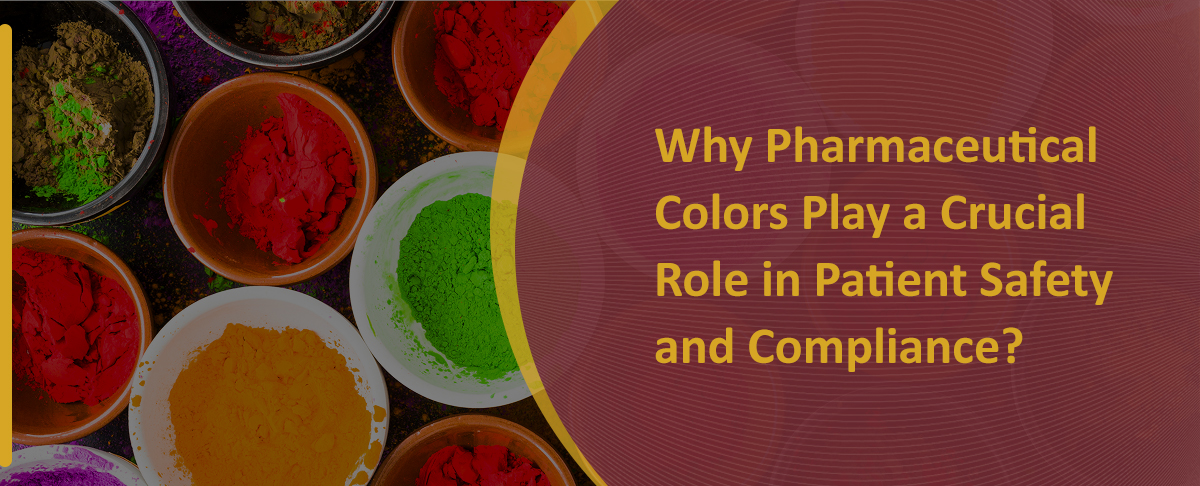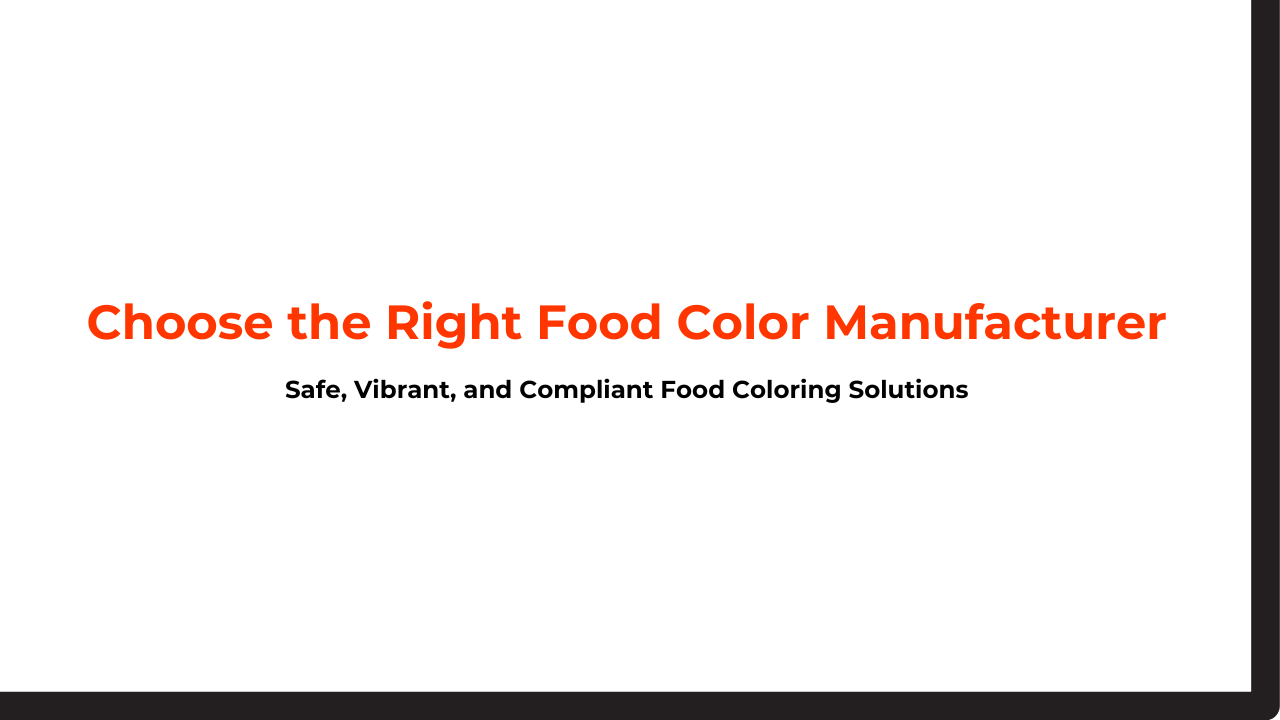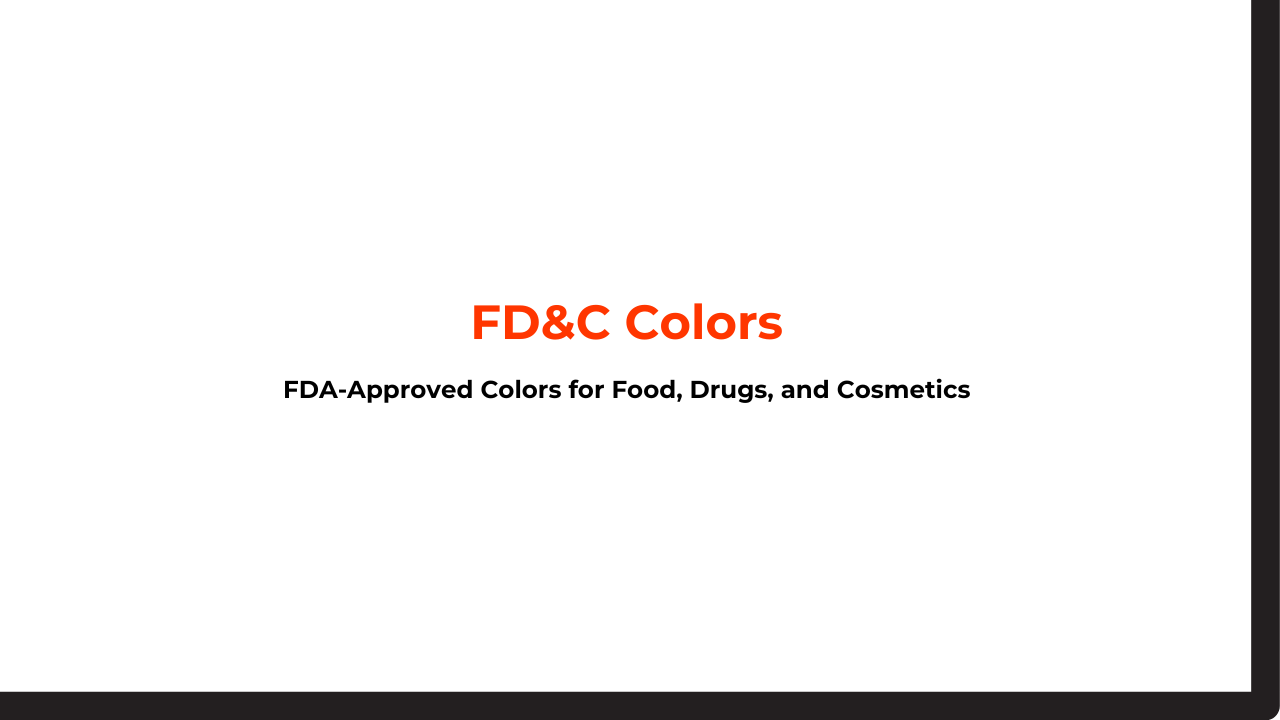Colorants, colors, or coloring agents are color additives that provide color to foods, cosmetics, pharmaceuticals, and other products. Color additives can be both synthetic substances and substances obtained from natural sources. The use of food color additives enhances the appearance of products, making them more visually appealing to consumers. In this blog, you will learn how FDA-certified colors are identified.
The Federal Food, Drug, and Cosmetic Act requires FDA approval for food, drugs, cosmetics, or medical devices that come into contact with people or animals for an extended period. Color additives derived from coal tar or chemical reactions, also known as coal-tar dyes, must be certified and approved by the US Food and Drug Administration (FDA).
These color additives are also known as food dyes. If you are a business owner or entrepreneur wondering how FDA-certified colors are identified, please continue reading this blog.
What are FDA-Certified colors?
Under the Federal Food, Drug, and Cosmetic Act (FD&C Act), all color additives need FDA approval before they can be applied to foods, medicines, cosmetics, and medical devices designed for sale in the United States. Understanding FDA-certified colors is crucial for both businesses and individual professionals.
The FDA requires food color manufacturers to obtain approval before introducing new color additives or using approved color additives for new purposes.
Colorants Subject to Certification
These are FDA-certified colors or color additives, also known as permitted synthetic dyes, primarily produced from coal tar or petroleum-based chemicals, and are also referred to as synthetic-organic colorants or coal-tar dyes. Color additives must be accompanied by batch certification from the US FDA, primarily when used in cosmetics or any other FDA-regulated product marketed in the U.S.
Furthermore, it is essential to test the composition and purity of these color additives for safety concerns. Additionally, repackaging color additives after batch certification requires batch certification. Color additives, including new ones, listed and used in food products, must be certified and approved under the Federal Food, Drug, and Cosmetic Act.
Colors Exempt From Certification
These are color additives derived mainly from natural sources, such as plants, trees, vegetables, minerals, and animals. As they are derived from non-chemical reactions, they do not require batch processing or certification.
Furthermore, it is still essential to comply with the identity, specifications, uses, restrictions, and labeling requirements stipulated in the FDA regulations when these colors are used in cosmetics or other FDA-regulated products.
How are FDA-Certified Colors Identified?
The label must list the names of all FDA-certified color additives, such as FD&C Blue No. 1 or Blue 1. According to the FDA, food dye manufacturers are required to list all ingredients on the label, starting with the ingredients used in the most significant quantities and then in decreasing order.
The FDA is responsible for monitoring reports of problems related to color additives and taking action whenever necessary. The FDA can issue a warning letter, detain products before they are shipped to stores, issue an import alert, or even seize products deemed unsafe or containing color additives that have been prohibited, misused, or not correctly identified as ingredients. Also, FDA regulations could be revoked or amended if needed.
A certified colorant or color additive excluded from certification can be referred to collectively as “artificial colors,” “artificial color added,” “color added,” or a synonym, without naming each one individually. Additionally, food labels must identify carmine/cochineal extract by name due to some individuals’ risk of allergic reactions.
Conclusion
In the end, FDA-certified colors are regulated and monitored by the US FDA and the EFSA to ensure adherence to safety concerns and quality standards. FDA-certified colors or colorants are dyes and pigments widely used to color a wide range of products, including food, drugs, and cosmetics.
Whether you’re a business or individual professional looking for premium-quality FDA-certified colorants or need more information on the different types of dyes and pigments we produce at our manufacturing facilities, contact us today!
Frequently asked questions




